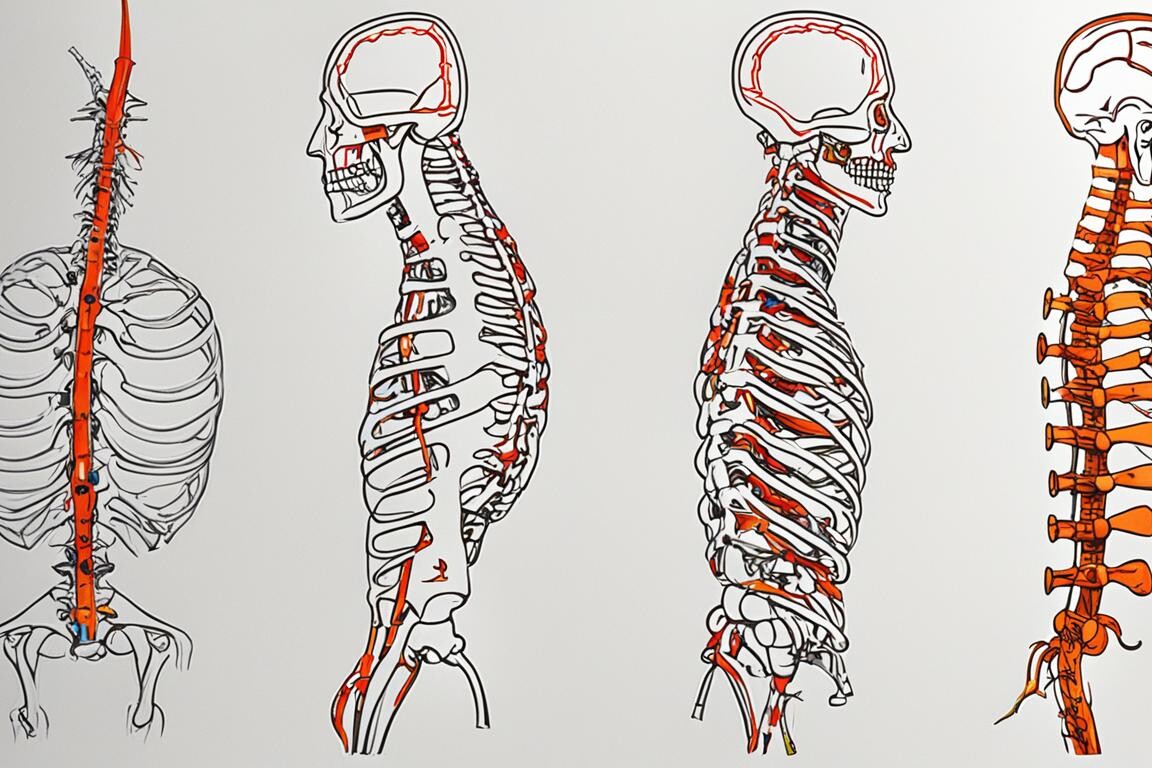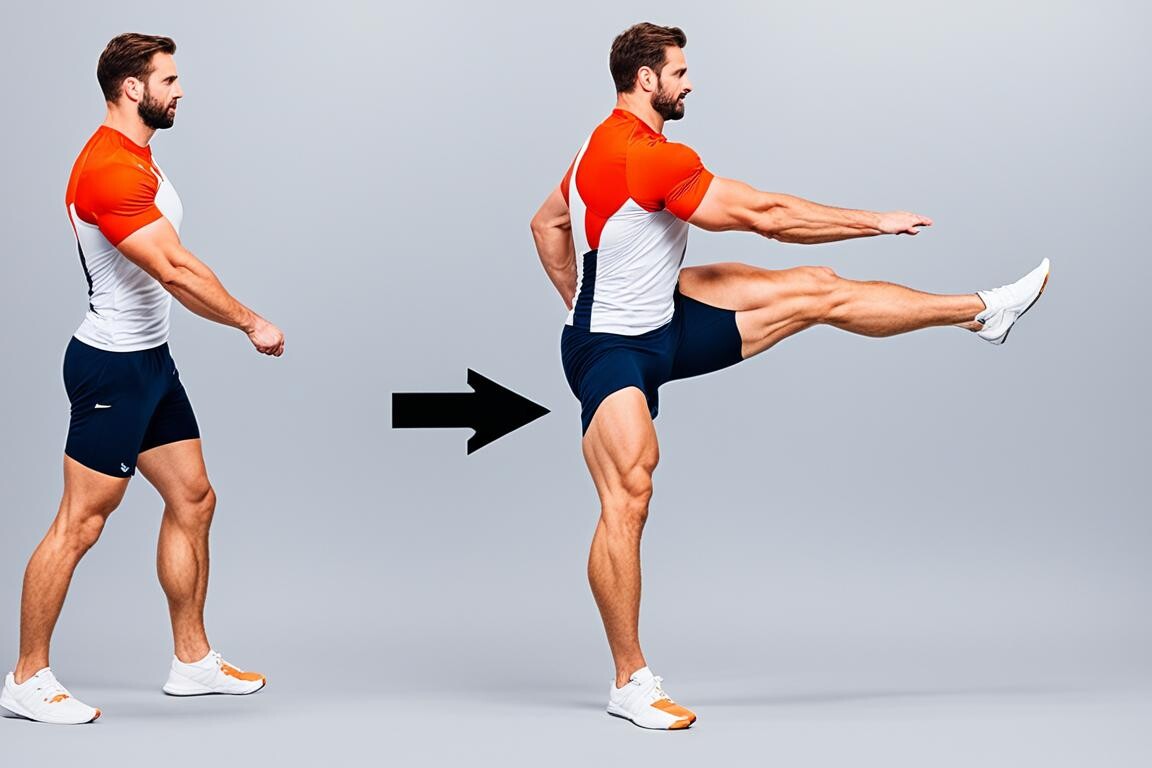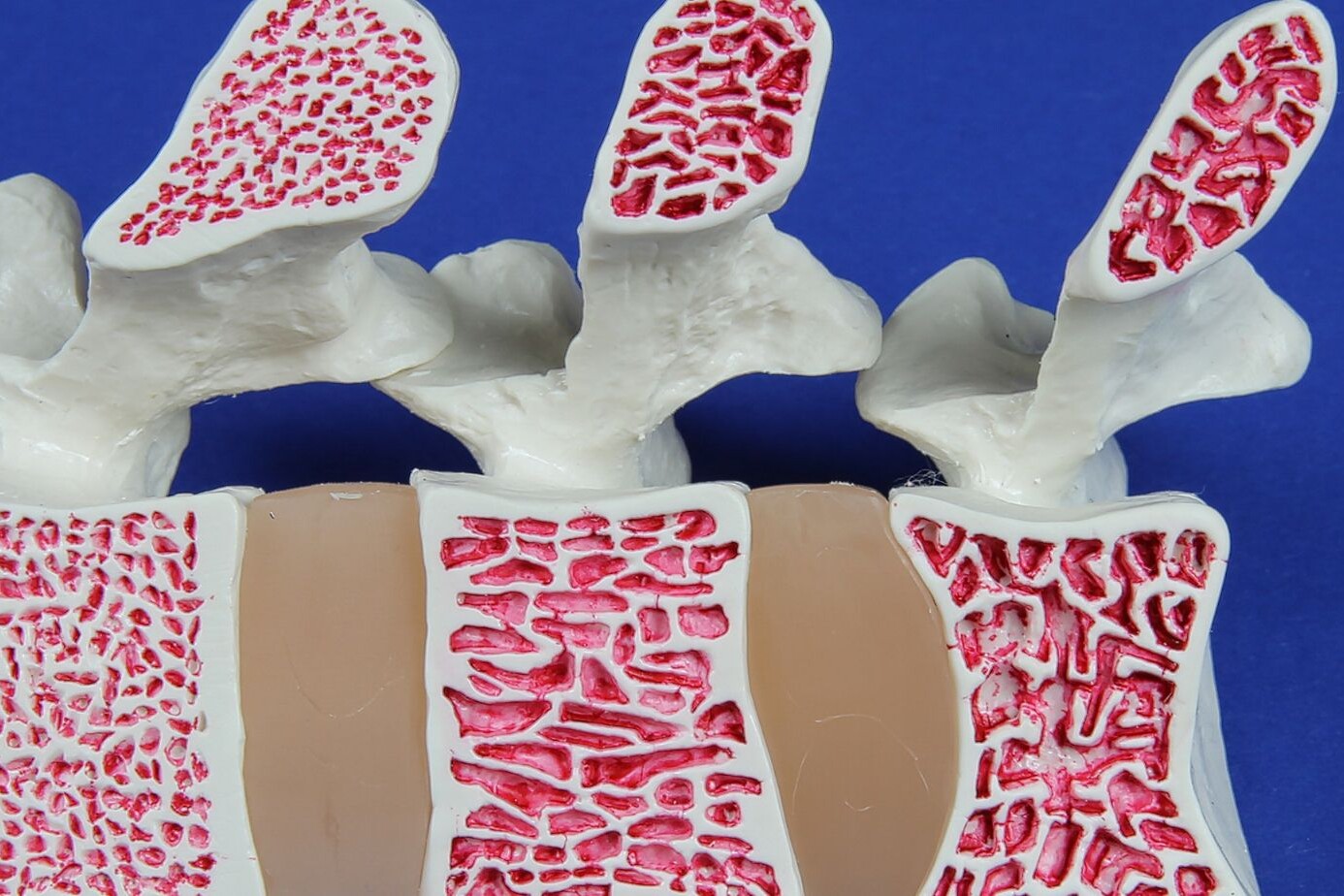Brown-Séquard syndrome is a rare type of incomplete spinal cord injury that affects the strength and sensation on different sides of the body. This condition is usually caused by trauma, such as stab or gunshot wounds, resulting in a hemisection of the spinal cord.
If you or someone close to you been told they have Brown-Sequard Syndrome, you’re probably feeling confused, scared, and full of questions. This rare spinal injury changes lives in an instant, but there is hope. You are not alone, and recovery is possible.
In this blog, we will explain what Brown-Sequard Syndrome is, why it happens, what symptoms to look for, and most importantly, how patients can recover through proper care and Brown Sequard syndrome physical therapy treatment. We’ll also explore what you can do at home to support recovery.
Key Takeaways:
- Brown-Séquard syndrome is a rare type of incomplete spinal cord injury.
- It is typically caused by trauma resulting in a hemisection of the spinal cord.
- Physical therapy is crucial for improving mobility and quality of life.
- Proper treatment and rehabilitation can lead to significant recovery.
- Patients with Brown-Séquard syndrome require ongoing support and care.
Table of Contents
ToggleWhat is Brown-Sequard Syndrome?
Brown-Sequard Syndrome (BSS) is a rare condition where one side of the spinal cord gets damaged. This kind of injury is called a “hemisection.”
The spinal cord acts like a highway that carries signals between your brain and body. If one side of it is hurt, it messes up how messages travel. This leads to problems with movement, pain, and touch.
According to the NIH, “Brown-Sequard Syndrome accounts for 2-4% of all traumatic spinal cord injuries.”
Causes of Brown-Sequard Syndrome:
- Knife or gunshot injuries (most common)
- Spinal cord tumors
- Multiple sclerosis (MS)
- Infections like tuberculosis or herpes zoster
- Poor blood flow (ischemia)
Anatomy Breakdown Table:
| Side of Spinal Cord Affected | What Happens |
|---|---|
| Same side as injury | Weakness or paralysis (motor loss) |
| Opposite side | Loss of pain and temperature sensation |
The damage in Brown-Sequard Syndrome is usually uneven, making the symptoms different from complete spinal cord injury.
What Are the First Signs and Symptoms of Brown-Sequard Syndrome?
When someone gets Brown-Sequard Syndrome, the symptoms may confuse both patients and families. They often feel strange because they affect only one side of the body.
Early diagnosis can lead to quicker Brown Sequard syndrome physical therapy treatment and better outcomes.
Early Symptoms to Watch For:
- Weakness or paralysis on one side of the body (hemiparesis)
- Numbness or tingling
- Loss of touch or vibration on one side
- Loss of pain or heat feeling on the opposite side
- Unsteady walking or balance issues
These symptoms are different from full spinal cord injuries where both sides are equally affected.
Read: Home Remedies for Arthritis: Natural Solutions for Joint Pain
What Causes Brown-Sequard Syndrome in Most Patients?
Understanding what caused the injury helps doctors plan recovery. It also prepares families for what to expect.
Common Causes:
- Penetrating trauma like stab wounds; Over 70% of BSS cases come from this (source: PubMed)
- Road accidents that cause spinal bone fractures
- Tumors pressing on the spinal cord
- Infections like tuberculosis or herpes zoster
- Autoimmune disorders like multiple sclerosis
- Poor blood supply to the spinal cord
Some rare causes include spinal cysts and inflammation around the spinal cord

How is Brown-Sequard Syndrome Diagnosed?
Getting the right diagnosis early is key. Doctors will do a full check to see where and how the spinal cord is injured. This includes scans and physical tests. It helps rule out other injuries and decide the best Brown Sequard syndrome physical therapy treatment.
Tests Used:
| Diagnostic Tool | What It Shows |
| MRI | Soft tissue damage or tumors |
| CT Scan | Bone injuries or bleeding |
| X-ray | Bone fractures in spine |
| Neurological Exam | Checks muscle strength and reflexes |
| EMG/SEPs | Measures nerve and muscle signals |
Doctors also look at the pattern of symptoms to make sure it’s not another condition like stroke or full spinal cord injury.
| Diagnostic Methods | Advantages | Disadvantages |
|---|---|---|
| Magnetic Resonance Imaging (MRI) | Provides detailed images of the spinal cord and surrounding structures. | Expensive and may not be readily available in all healthcare settings. |
| X-rays | Helpful in assessing bony structures and ruling out fractures. | Not as effective in visualizing soft tissues such as the spinal cord. |
By combining the results of the neurological examination and radiological investigations, your healthcare provider will be able to make an accurate diagnosis of Brown-Séquard syndrome and develop an appropriate treatment plan tailored to your specific needs.
Treatment Options
When it comes to Brown-Séquard syndrome, physical therapy plays a crucial role in the overall treatment plan (PMC8297059). By incorporating daily physical therapy sessions, you can improve your strength and mobility, which are often affected by this condition (PMC8297059).
However, it’s important to note that the treatment for Brown-Séquard syndrome should be multidisciplinary, involving a team of healthcare professionals (PMC8297059). This interdisciplinary approach helps ensure that you receive comprehensive care and have the best chance of recovery (PMC8297059).
In addition to physical therapy, your treatment plan may also include other options such as medications and, in some cases, surgery (PMC8297059). These additional treatments are tailored to your specific needs and aimed at maximizing your recovery potential (PMC8297059).

What is Brown Sequard Syndrome Physical Therapy Treatment and How Does It Help?
Brown Sequard syndrome physical therapy treatment is the backbone of recovery. Therapy helps the brain and body “talk” again through nerves.
Even if the spinal cord is partly damaged, physical therapy can train other nerves to take over.
Goals of Physical Therapy:
- Train muscles to move again
- Teach balance and walking skills
- Improve control over joints
- Help with daily tasks like dressing and eating
- Reduce muscle pain and stiffness
Here’s a sample weekly therapy plan:
| Day | Therapy Activities |
| Monday | Stretching + light leg exercises |
| Tuesday | Balance training + walker use |
| Wednesday | Upper body and grip strength exercises |
| Thursday | Gait training and obstacle walking |
| Friday | Occupational therapy + rest technique |
| Saturday | Hydrotherapy (if available) |
| Sunday | Review progress + relaxation |
Brown Sequard syndrome physical therapy treatment is managed by skilled physiotherapists. They monitor your strength, balance, and progress every week.
Key Rehab Tools Used:
- Walkers, braces, and wheelchairs
- Elastic bands for resistance training
- Balance balls and tilt boards
- Speech therapy (if needed)
- Mirror therapy for sensation feedback
Also, occupational therapists help patients do daily activities again, like buttoning shirts or using the toilet independently.
Rehabilitation and Recovery
Rehabilitation plays a crucial role in the recovery of patients with Brown-Séquard syndrome, helping them regain function and improve their overall quality of life (PMC8297059).
Through a daily rehabilitation program, patients can work towards strengthening their muscles and enhancing their mobility (PMC8297059).
It is important to note that recovery from Brown-Séquard syndrome can be a slow process, and ongoing neurological improvement may take up to two years to become apparent (NCBI Bookshelf).
However, with proper treatment and dedicated rehabilitation, many patients can achieve significant recovery and regain independence (PMC8297059).
Read: Navigating Brown Sequard Syndrome Recovery Path

Expected Results and Challenges
While each individual’s recovery journey may vary, with dedication to rehabilitation, patients can achieve improved functionality and a better quality of life. The benefits of rehabilitation for Brown-Séquard syndrome include:
- Regaining strength and mobility
- Improving balance and coordination
- Increasing independence in daily activities
- Managing pain and discomfort
Rehabilitation for Brown-Séquard syndrome may face challenges such as:
- The need for long-term commitment to the rehabilitation process
- Sustaining motivation and perseverance
- Addressing additional health issues or complications
| Benefits of Rehabilitation for Brown-Séquard Syndrome | Challenges in Rehabilitation for Brown-Séquard Syndrome |
|---|---|
| Regaining strength and mobility | The need for long-term commitment to rehabilitation |
| Improving balance and coordination | Sustaining motivation and perseverance |
| Increasing independence in daily activities | Addressing additional health issues or complications |
| Managing pain and discomfort |
What Can Patients Do at Home to Support Their Recovery Journey?
Home care is just as important as clinic visits. You have more control than you think.
Recovery needs daily habits, patience, and the right mindset.
Home Tips:
- Simple exercises taught by your physiotherapist
- Protein-rich foods to repair muscles
- Foods with B-vitamins for nerve repair
- Stay hydrated
- Use rails or grab bars in the bathroom
- Keep floors dry to prevent falls
Mental Health Support:
- It’s normal to feel down. Talk to a therapist
- Meditation or breathing exercises
- Join online forums or meet others with similar injuries
- Ask family for help when needed
Support from caregivers and family makes a huge difference. Educate them so they understand your needs.
How Can Patients Prevent Further Damage or Relapses?
You can’t always control accidents, but you can prevent setbacks.
Once you start Brown Sequard syndrome physical therapy treatment, it’s vital to stay consistent and safe.
Do’s and Don’ts:
| Safe Practices | Things to Avoid |
| Use walking aids properly | Avoid slippery areas |
| Rest between therapy sessions | Don’t skip medications |
| Check skin for pressure sores | Avoid lifting heavy objects |
| Sleep on a firm mattress | Don’t rush therapy |
Keep in touch with your neurologist regularly. Let them know about any changes
Potential Complications
Brown-Séquard syndrome can lead to several complications that can significantly impact the individual’s daily life and overall well-being. It is essential to be aware of these complications and take appropriate measures to manage them effectively.
Respiratory Issues
Individuals with Brown-Séquard syndrome may experience respiratory problems, especially if the injury affects the nerves that control the muscles involved in breathing. This can lead to difficulties in breathing, shortness of breath, and decreased lung function.
Bladder and Bowel Dysfunction
Another common complication of Brown-Séquard syndrome is bladder and bowel dysfunction. The injury can disrupt the normal functioning of the nerves that control these organs, leading to urinary and fecal incontinence or difficulty in emptying the bladder and bowels.
Pain
Pain is a significant complication of Brown-Séquard syndrome. The injury can cause neuropathic pain, characterized by a persistent burning or shooting sensation on the affected side of the body. Additionally, individuals may experience muscle spasms or stiffness, further contributing to discomfort and reduced quality of life.
It is important to note that the severity and occurrence of these complications may vary depending on the level and extent of the spinal cord injury. Close monitoring of the individual’s condition and appropriate management strategies can help minimize these complications and improve their overall outcome and quality of life.
Benefits of a Multidisciplinary Approach
- Physical therapists: They play a crucial role in helping patients regain strength, improve mobility, and enhance overall physical function. Through targeted exercises and rehabilitation techniques, physical therapists strive to optimize the recovery process.
- Occupational therapists: They focus on enabling individuals to participate in meaningful activities and regain independence in daily life. Occupational therapists can help patients develop strategies to overcome challenges and adapt to their new circumstances.
- Social workers: They provide essential support for patients and their families, addressing emotional and social needs. Social workers can assist in navigating healthcare systems, accessing necessary resources, and facilitating communication between patients, families, and healthcare providers.
To enhance the effectiveness of treatment and support, regular communication and collaboration among the healthcare professionals involved are necessary. This collective effort ensures that the care provided is tailored to each patient’s specific requirements, maximizing their potential for recovery and improving their overall quality of life.
With proper care and support, individuals with Brown-Séquard syndrome can navigate the challenges they face and work towards regaining independence and optimizing their functional abilities.
How Dr. Chandril Chugh Can Help in Recovery From Brown-Sequard Syndrome
Dr. Chandril Chugh is a US-trained, board-certified neurologist. He specializes in treating tough nerve and brain conditions like migraines, memory issues, stroke recovery, sleep disorders, tremors, and pediatric ADHD.
His approach is simple: personal care, no big words, just big results. He creates custom therapy plans that help patients with Brown Sequard syndrome physical therapy treatment get back on their feet.
If you or a loved one is facing this spinal injury, book a consultation with Dr. Chugh today. He will guide you step-by-step toward recovery with expert care and human support.
FAQ
What is Brown-Séquard syndrome?
Brown-Séquard syndrome is a rare type of incomplete spinal cord injury that results in weakness or paralysis on one side of the body and a loss of sensation on the opposite side.
What are the causes of Brown-Séquard syndrome?
Brown-Séquard syndrome can be caused by traumatic injuries such as stab wounds or gunshot wounds, as well as non-traumatic causes such as tumors, disc herniation, and infections like tuberculosis.
How is Brown-Séquard syndrome diagnosed and evaluated?
The diagnosis of Brown-Séquard syndrome is based on a thorough neurological examination, history of trauma, and radiological investigations such as magnetic resonance imaging (MRI) and X-rays.
What are the treatment options for Brown-Séquard syndrome?
Physical therapy is a critical component of the treatment for Brown-Séquard syndrome. Other options may include medications and surgery.
How does rehabilitation and recovery work for Brown-Séquard syndrome?
Rehabilitation is crucial for patients with Brown-Séquard syndrome to regain function and improve their quality of life. Recovery can be slow but with proper treatment and rehabilitation, significant improvement is possible.
What are the potential complications of Brown-Séquard syndrome?
Brown-Séquard syndrome can lead to complications such as respiratory issues, bladder and bowel dysfunction, and pain.
What kind of support and care do patients with Brown-Séquard syndrome need?
Patients with Brown-Séquard syndrome require ongoing support and care, including assistance with daily activities, use of assistive devices, and coordination with healthcare professionals.
Is there a conclusion for Brown-Séquard syndrome PT approaches?
With a multidisciplinary approach and proper care, many patients with Brown-Séquard syndrome can achieve significant recovery and improve their quality of life.
Source Links
About The Author

This article is medically reviewed by Dr. Chandril Chugh, Board-Certified Neurologist, providing expert insights and reliable health information.
Dr. Chandril Chugh is a U.S.-trained neurologist with over a decade of experience. Known for his compassionate care, he specializes in treating neurological conditions such as migraines, epilepsy, and Parkinson’s disease. Dr. Chugh is highly regarded for his patient-centered approach and dedication to providing personalized care.
→ Book a consultation to discover which remedies suit your needs best.





